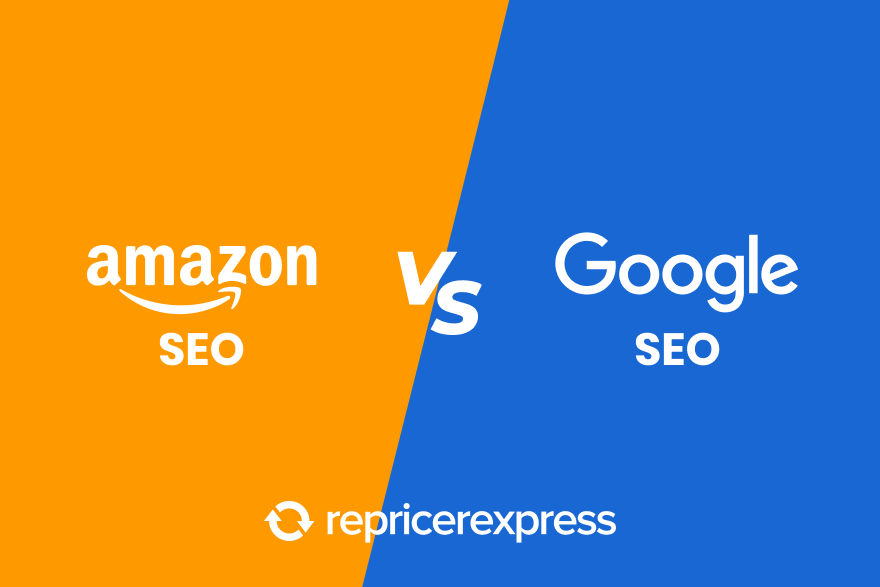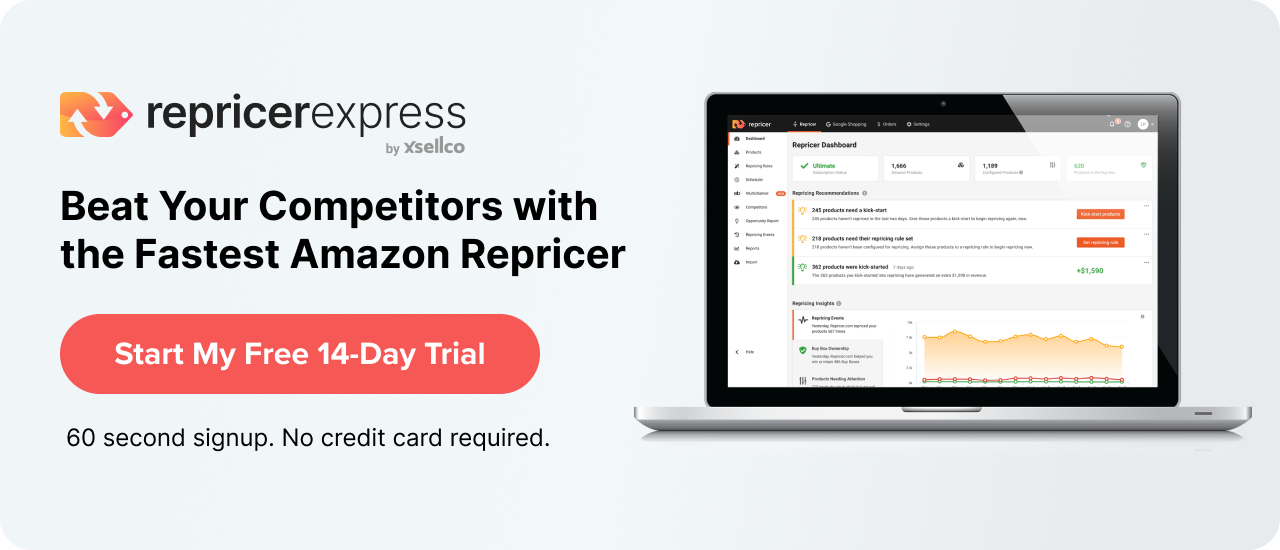[fusion_builder_container hundred_percent=”no” equal_height_columns=”no” hide_on_mobile=”small-visibility,medium-visibility,large-visibility” background_position=”center center” background_repeat=”no-repeat” fade=”no” background_parallax=”none” parallax_speed=”0.3″ video_aspect_ratio=”16:9″ video_loop=”yes” video_mute=”yes” border_style=”solid” flex_column_spacing=”0px” type=”legacy”][fusion_builder_row][fusion_builder_column type=”1_1″ layout=”1_1″ background_position=”left top” background_color=”” border_color=”” border_style=”solid” border_position=”all” spacing=”yes” background_image=”” background_repeat=”no-repeat” padding_top=”” padding_right=”” padding_bottom=”” padding_left=”” margin_top=”0px” margin_bottom=”0px” class=”” id=”” animation_type=”” animation_speed=”0.3″ animation_direction=”left” hide_on_mobile=”small-visibility,medium-visibility,large-visibility” center_content=”no” last=”true” min_height=”” hover_type=”none” link=”” first=”true” type=”1_1″][fusion_text]
For the average web user, the difference between Amazon and Google is enormous. After all, they won’t go to Amazon to search for answers to their questions. But, it’s likely to be their go-to when it comes to product searches.
In 2021, 60% of online sales in the US were done on Amazon. Considering that there are over 1 million sellers in the marketplace, it’s quite obvious that standing out takes effort. Unfortunately, merely having a great product won’t do much to positively impact rankings.
That’s why it’s important to realize that search engine optimization is just as essential for Amazon as it is for Google. Yet, there are significant differences between the two platforms. Simply put, using the same strategies won’t yield results, and it may even hurt your performance.
So how does Amazon SEO differ from Google SEO? And how can you combine your efforts over platforms to maximize your performance? Read on to find out.
Difference 1: Keywords
One of the biggest differences in SEO for Amazon and Google is how you utilize keywords.
[/fusion_text][/fusion_builder_column][fusion_builder_column type=”1_1″ layout=”1_1″ spacing=”” center_content=”no” hover_type=”none” link=”” min_height=”” hide_on_mobile=”small-visibility,medium-visibility,large-visibility” class=”” id=”” background_color=”#F1F8FF” background_image=”” background_position=”left top” background_repeat=”no-repeat” border_color=”” border_style=”solid” border_position=”all” padding_top=”30px” padding_right=”30px” padding_bottom=”30px” padding_left=”30px” animation_type=”” animation_direction=”left” animation_speed=”0.3″ animation_offset=”” border_sizes_top=”0px” border_sizes_bottom=”0px” border_sizes_left=”0px” border_sizes_right=”0px” first=”true” last=”true” type=”1_1″][fusion_text]
If you’re used to creating content for SEO purposes, the standard procedure is going to be the following:
- Focus on a long-tail keyword to drive quality traffic.
- Repeat that same keyword several times on your page (preferably in titles and headings).
- Use it in your page’s meta-description.
- Optimize images to contain it.
[/fusion_text][/fusion_builder_column][fusion_builder_column type=”1_1″ layout=”1_1″ background_position=”left top” background_color=”” border_color=”” border_style=”solid” border_position=”all” spacing=”yes” background_image=”” background_repeat=”no-repeat” padding_top=”” padding_right=”” padding_bottom=”” padding_left=”” margin_top=”0px” margin_bottom=”0px” class=”” id=”” animation_type=”” animation_speed=”0.3″ animation_direction=”left” hide_on_mobile=”small-visibility,medium-visibility,large-visibility” center_content=”no” last=”true” min_height=”” hover_type=”none” link=”” first=”true” type=”1_1″][fusion_text]
On Amazon, however, keywords work quite differently. Users are less likely to search for answers to questions.
Their focus tends to be on products instead. That’s why you will have to move away from higher-funnel, long-tail keywords and concentrate on bottom-of-funnel, highly relevant keywords.
To rank higher in Amazon search, you’ll have to direct your attention towards making the absolute most of all parts of your listing.
Note, stuffing your product page with a keyword won’t bring in results. Neither will crowding your listing’s title with alternative search words.
The Solution: Research for Improved Ranking
So, the first step towards standing out on SERPs is going to be keyword research. Preferably, you’ll do this with a tool that gives you insight into both platforms, such as Ahrefs. Using multiple keyword tools (Amazon keyword research tools include Jungle Scout, Helium 10 and Unicorn Smasher) will help give you a more accurate layout of the land, as no tool is 100% accurate.
As you’re aware, Google and Amazon’s search engines have different volumes, and it’s a good idea to be aware of how the differences will impact your rankings.
Take, for example, the brand SomniFix that manufactures breathing strips for improved sleep quality.
A quick search on Ahrefs reveals that if the company chose to use the generic term “sleep strips,” it would find that this particular keyword, though relatively low in search volume, gets more searches on Amazon.
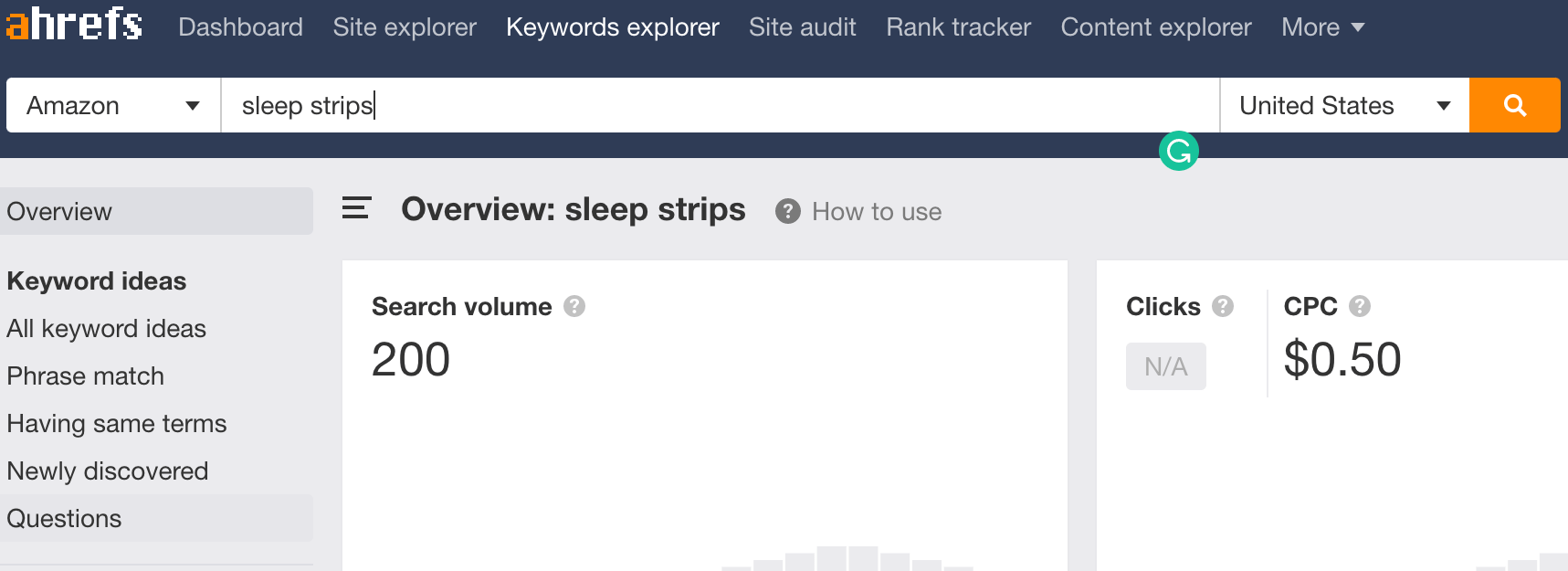
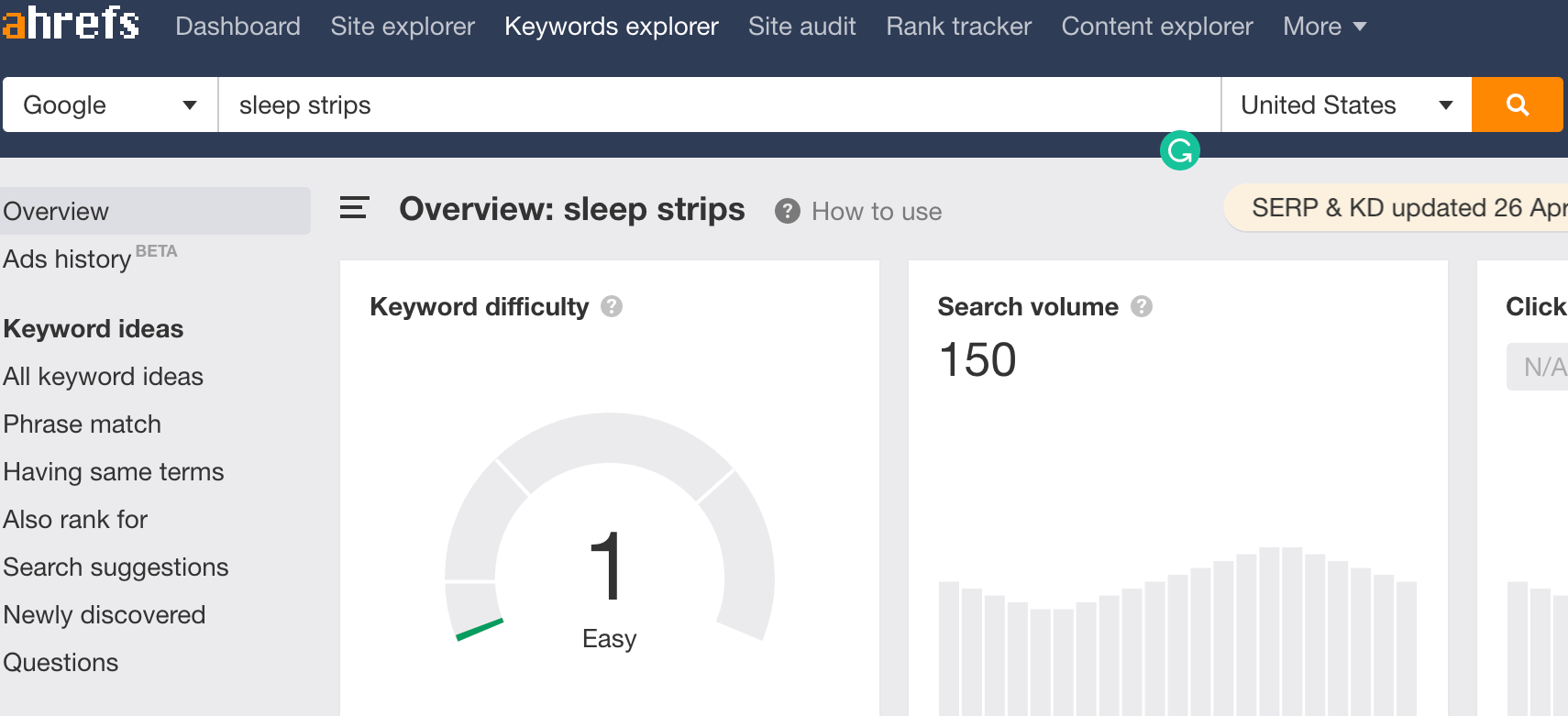
However, if the keyword was their brand name, “SomniFix,” they’d quickly find that at 7.6K, it has more than three times the search volume on Google than on Amazon.
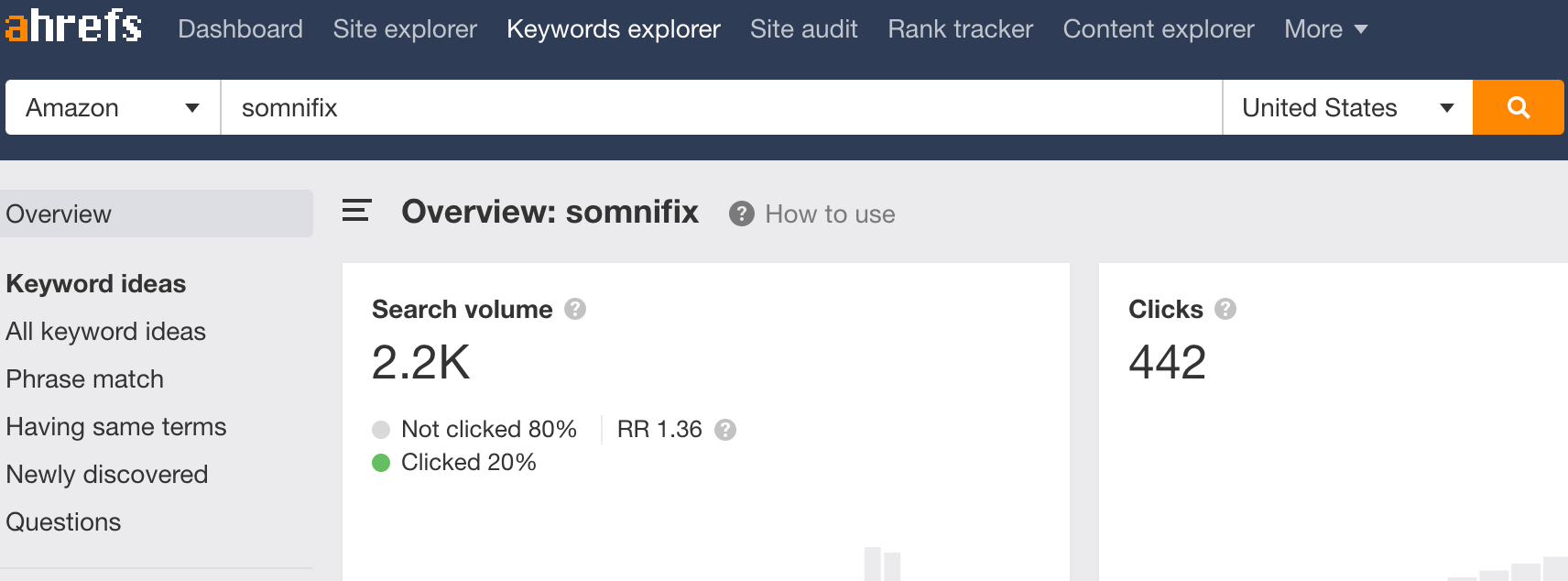
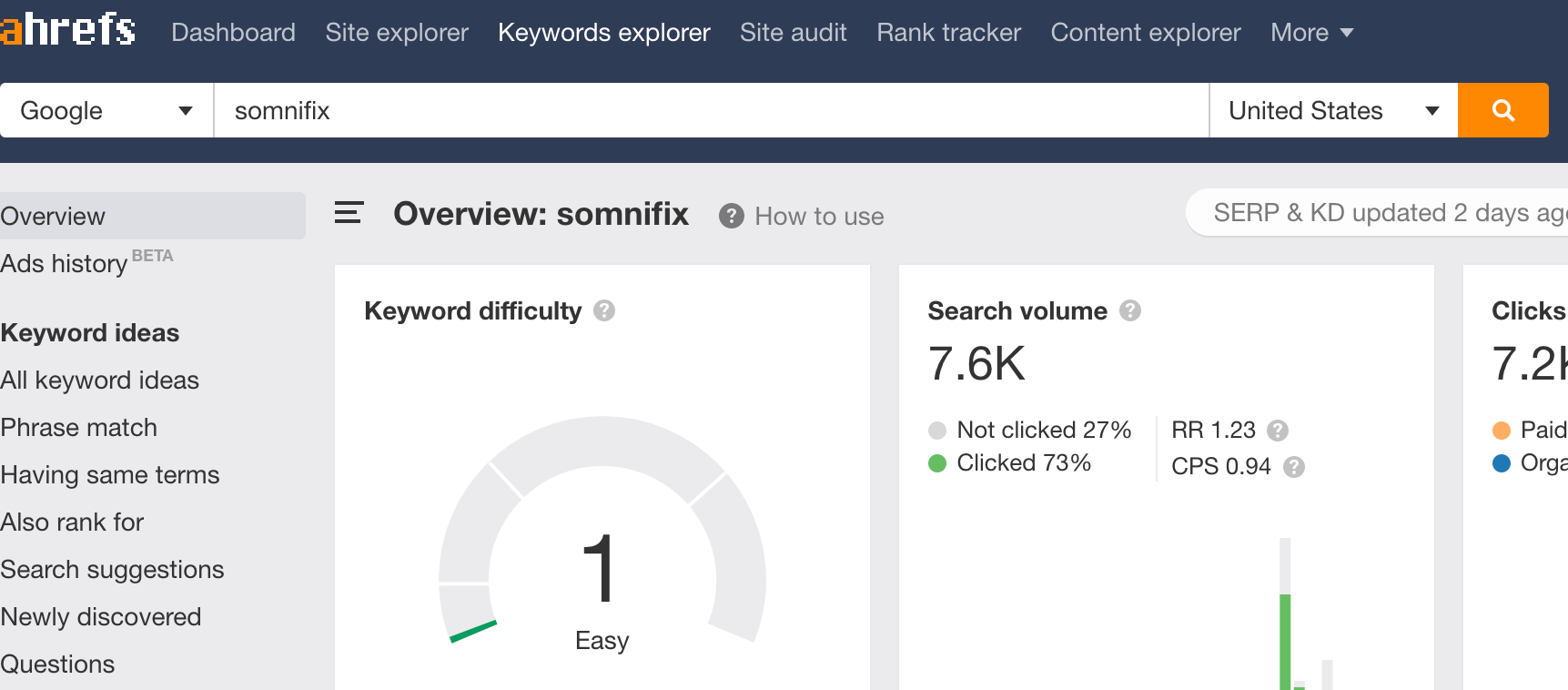
Having this type of insight can make it far easier to choose the correct terms to include in their Google vs. Amazon pages.
Difference #2: External Links
One of the driving forces of Google SEO is linking. Simply put, the more quality links you have to your site, the higher your authority score will be, thus increasing the likelihood of ranking in the top spots of SERPs.
But Amazon’s search engine does not entail linking. The main factor that will determine whether your product ranks high in Amazon’s SERP is sales volume.
So how do you make up for the lack of this particular SEO tool?
The Solution: Using Google SEO to Drive Traffic to Amazon
While you can’t use links in your listings to improve your product’s performance on Amazon, you can use them in a different capacity.
With the introduction of the A10 update to Amazon’s algorithm, external traffic suddenly became one of the most influential factors affecting rankings. And you can use it in a wide variety of ways that will offer improvements to your store’s performance.
Firstly, you can create a blog. It’s one of the foolproof ways to boost your Google SEO, and you can utilize it in a way that will steer your audience towards finding you on Amazon. In addition to adding direct links to your listings (more on this a bit later), you can also write informative articles that will expose your audience to your products.
Take, for example, the mattress manufacturer, Zoma Sleep. They chose to take a route that is a great example of using a blog to drive organic traffic on Amazon. Their Best Bed in a Box Mattress post is a well-informed article that provides in-depth information about what exactly a bed-in-a-box mattress is, and what advantages it offers over regular memory foam or innerspring types. They also introduced a relatively novel keyword that is “bed in a box mattress.”
Once their readers determine that they’re interested in purchasing this type of product, and 9 out of 10 shoppers decide to price-check on Amazon, they’ll be likely to use this lower search volume keyword, which is targeted by the company. And they just might end up purchasing this exact brand of product.
A way to make a blog or website even more effective would be to include a link to the Amazon listing. Of course, this should be done carefully. Sending traffic directly to the product listing can be problematic, as a high number of views vs. a low number of sales can result in lower rankings. But, it’s something that you can easily control by introducing a landing page.
With these solutions, you can not only capture your visitors’ data before they go on to become Amazon’s customers, but you can also make sure that only those who are likely to make a purchase end up counting towards your product views.
Difference #3: Sales & PPC Campaigns
When used correctly, PPC campaigns are one of the best ways to quickly boost website traffic. They’re ideal for anyone trying to raise brand awareness, as well as for e-commerce websites with ongoing promotions and sales. And PPC plays an entirely different role in Google search & Amazon search.
If you get a sale from Adwords or Facebook Ads to your e-commerce store, it has no impact on your Google rankings. However, if you get sales on Amazon from Adwords or Facebook Ads, it will positively impact your Amazon rankings. Even sales from Amazon Sponsored Products ads positively affect Amazon keyword rankings, although not as much as a full-priced organic sale or a sale from external traffic.
The Solution: Getting Creative to Beat the Competition
Not ready to sink your hard-earned money into advertising? Want to make an actual profit instead of mindlessly competing for the lowest price? Well, there are a few solutions.
- Use Market Basket Analysis: If you can figure out what types of products people are purchasing that are related to one another, and create a product campaign to bid on those, then you can use the information to cross-sell and upsell. It’s cheaper than a regular PPC, yet offers the same type of results.
- Win the Buy Box (without losing money): Amazon is a customer-oriented platform, which means that they will always favor the seller with the lowest price. But sometimes, making lots of sales at a low margin simply isn’t enough. That’s why using a repricing software solution such as RepricerExpress is such a great choice. It helps you win the battles worth fighting but stops you from losing money.
- Get reviews: One thing many sellers tend to forget is that shipping a product doesn’t mean that the sales process has ended. After all, don’t you want to build a loyal base of customers? A great way to make your past sales work for your future ones is to reach out to buyers and encourage them to leave feedback on your items. It will provide social proof, and a higher number of reviews will also improve your SERP rank.
- Don’t be lazy with product listings: Even if you’ve set up your product pages already, it’s important to remember that there’s always room for improvement. Take the time to go through them and optimize your product listings once in a while. Maybe add a few better product pictures. Or go through your descriptions and see whether any relevant keywords are missing (or some that are unnecessary). In the long-run, this is sure to have a great effect on how well you do.
Amazon SEO vs Google SEO: Final Verdict
As you can probably guess, both are equally effective. How you use them will depend on your needs, as well as what resources you’re working with. But for the best results, it’s not a bad idea to combine efforts. This way, you can maximize your rankings on Amazon, ensure visibility on Google, and most importantly, drive traffic to your product pages in a way that will increase conversions and sales.
Related reading
[/fusion_text][/fusion_builder_column][/fusion_builder_row][/fusion_builder_container]

